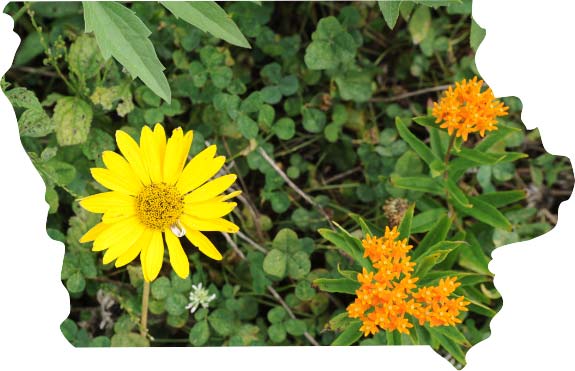
What is Lark Fields?
Lark Fields is 237 acres in eastern Iowa where I have recently added native prairie plants and trees within a non-GMO corn and soybean farm. This website is the story of my successes and failures and why this matters to me. The name and logo honor the horned lark who lives year-round on the fields.
–Ann Werner, owner
The Land is Sacred
First, there was an ocean, then glaciers, then even the Mississippi River covered what is Lark Fields. Thousands of years passed and the soils matured to grow a magnificent tallgrass prairie that blanketed most of Iowa.
The sea of tall prairie grasses and wildflowers was dense and waved over the Sauk and Fox tribes as they lived and walked trails through the prairie. The multilayered prairie flowed with the winds in a sensuous pulsing and a gentle rolling that was more dimensional than open water. The tribes periodic burning benefitted the tall grass ecosystem.
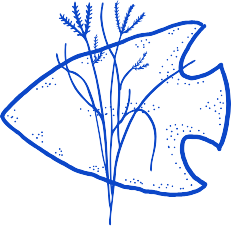

Radical Change
In the mid-1800s, with John Deere’s discovery of the steel plow, European immigrants were able to turn under the deeply rooted prairie soils. In less than a lifetime, before an understanding of the tall grass prairie ecosystem was studied or recorded, America’s thousand-year-old heritage of immense prairie wilderness was lost and replaced with row crops. Intentional prairie burns were eliminated. Field tiles were installed to drain ponds or marshy areas. As farm equipment grew larger, hedgerows along fence lines were removed. Iowa became our most altered state.
Heritage and Conservation
My great-grandparents ‘purchased’ this land in the 1920s. It grew corn and soybeans but also had shrubs along fence lines and some trees along its unruly creek. Eventually, the trees were removed, and cattle were grazed along the creek.
In 2016, with the assistance of federal programs, I returned 45 acres to native species. With the priorities of conservation and biodiversity, plantings included thousands of trees and shrubs near the creek to create a riparian corridor. Deep-rooted grasses and wildflowers were planted in prairie strips on the hillsides within crops to reduce erosion and along fence lines to provide habitat for wildlife. Some of the tiling was removed to let the wetland return. Periodic controlled burns of the tall grasses and wildflowers began in 2017. While Iowa’s vast wild prairies can never be replaced, these 45 acres of native plants will reduce soil erosion, improve water quality, and give some wild species a place to thrive (see below).

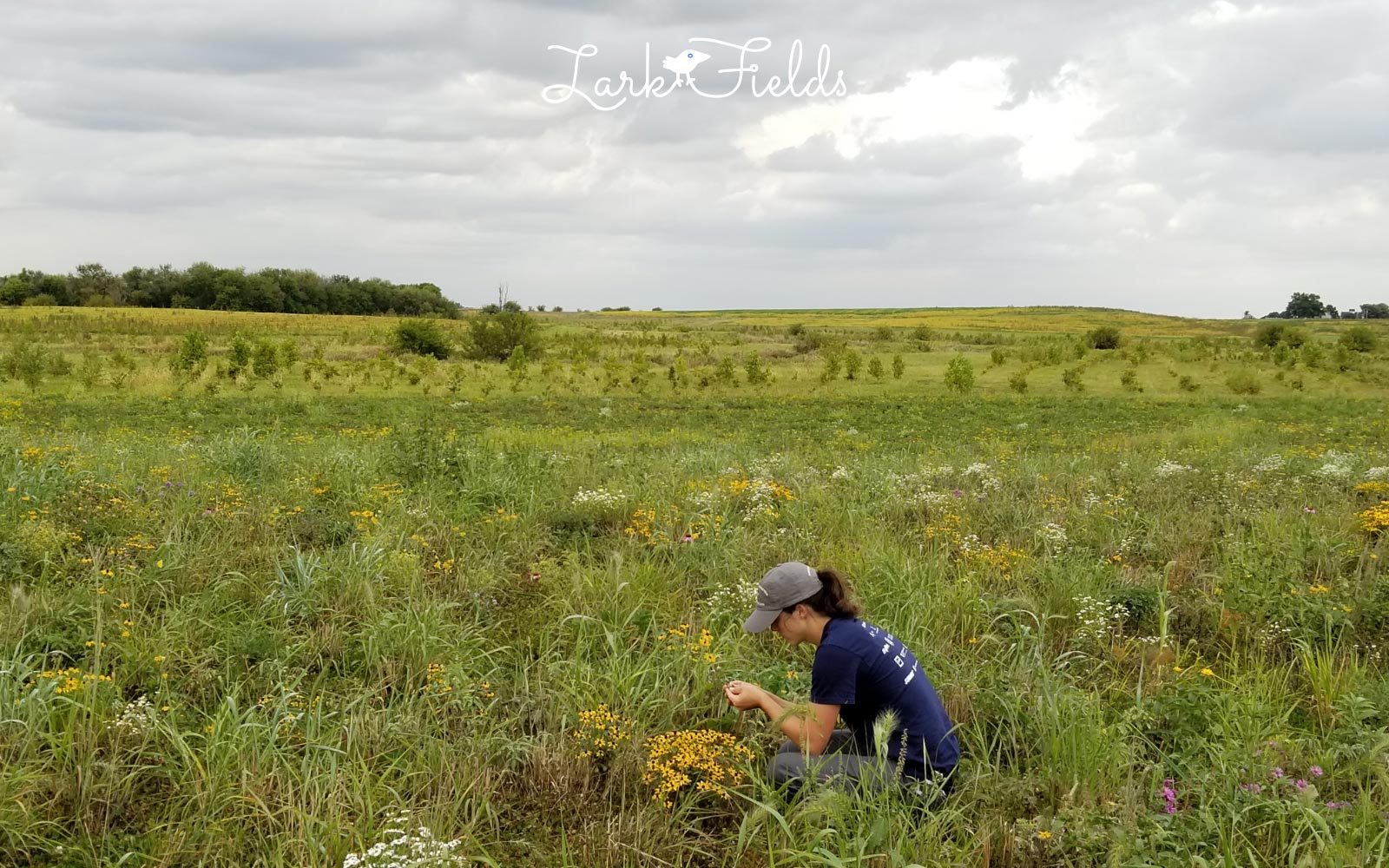
THE TEAM
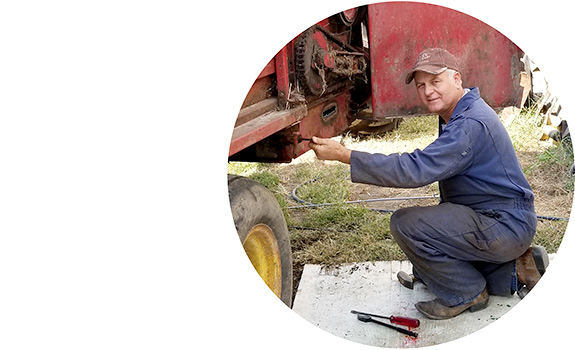
Franz Neff, Farmer
After I immigrated from Switzerland, I met and married Mary Lee Bartscher. I have been farming for over 30 years in Scott County, raising corn, soybeans, and hay. Also, I weld and repair machinery. I have farmed Lark Fields for 20 years – it has eastern Iowa’s rich black soil, plenty of sunshine, and summer rains making it world class.

“I’ve been working at Lark Fields since it was first planted in 2016. The work is hard, hot and buggy but the plants are thriving and offering habitat to wildlife so it’s well worth it.”
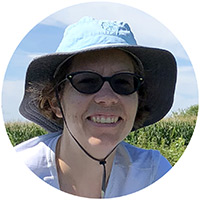
“I was raised as a city kid. I like working at Lark Fields because I feel like I’m helping to make the world a better place by restoring native plants to this special place in Iowa.”
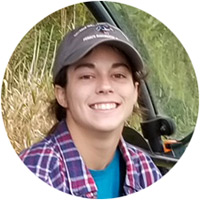
“I have a lifelong love for preserving nature so began helping to maintain the planted prairie and trees. Along with the tranquility, I enjoy the diverse insect community that is returning to this oasis in the heart of the Midwest agriculture.”
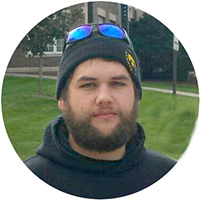
“The morning light and mist on the prairie plants are extraordinary. Our hard work is paying off as the trees and shrubs are taking hold. I’m glad to help.”
With these remarkable people, Lark Fields is possible.
Want to Help Return Nature to the Fields?
Field Botanist to manage study plots, 5–10 hrs/wk
Forester to care for the trees, 10 hrs/wk
Mower/Labor to assist with weed control, 10–20 hrs/wk
Burn Master/Assistant to manage controlled burns, spring/fall
Email Ann Werner with your Name, Position applying for, desired wage, and how to reach you.
“What more substantial service to conservation than to practice it on one’s own land?”
– A L D O L E O P O L D
FEATURED ARTIST SERIES
Seeking Small Miracles
Honeybee breathless inside the hive
thrills her audience in perfect frenzy
dancing in her small fur cape
and eloquent fragrance to say simply
‘I want to show you food I found.’
Any singer says the same:
‘In the small room of my song
I have tender grief for you,
distilled to honey for your heart.
Put your face in this flower.’
Every morning we rise and listen,
not so different in our seeking,
humming on our way to work.
Kim Stafford, Teacher and Poet
Kim is Oregon’s current Poet Laureate and the founding director of the Northwest Writing Institute at
Lewis & Clark College, where he has taught since 1979. More Poetry & Verse from Kim →
Kim has published many books, two recent books inspired by the natural world are:
- How to Sleep Cold: 17 Poems & Related Writing Prompts from the Outpost Writing Workshop at Billy Meadows
- Earth Verse
Kim offers one example of how nature informs his writing and teaching: “We were into our second day of hiking 70 miles along the West Highland Way, a path into the highlands in Scotland, and were just about to top the rise for a grand view of Loch Lomond. But just as that vista came into view, I heard the rattle of a small stream (a rill, as they call it) off the to the side–and I immediately wanted to investigate that. What was it like down there in the shadows, where that small thread of water moved?
I realized this is how it is for me as a writer: I’m drawn to the unseen, the secret, the intensely local iteration of a place (not the meadow, but life inside the hive). The vast, blue Loch is grand, but the rill is intimate, and has things to teach me, ways to bring me to my knees in devotion. And it’s this way with teaching as well: I am most drawn to the early version of a student’s ‘draft with promise.’ The finished work will be important in its time, but the early draft is uniquely alive, like a small creature in its nest, and that claims my allegiance.”
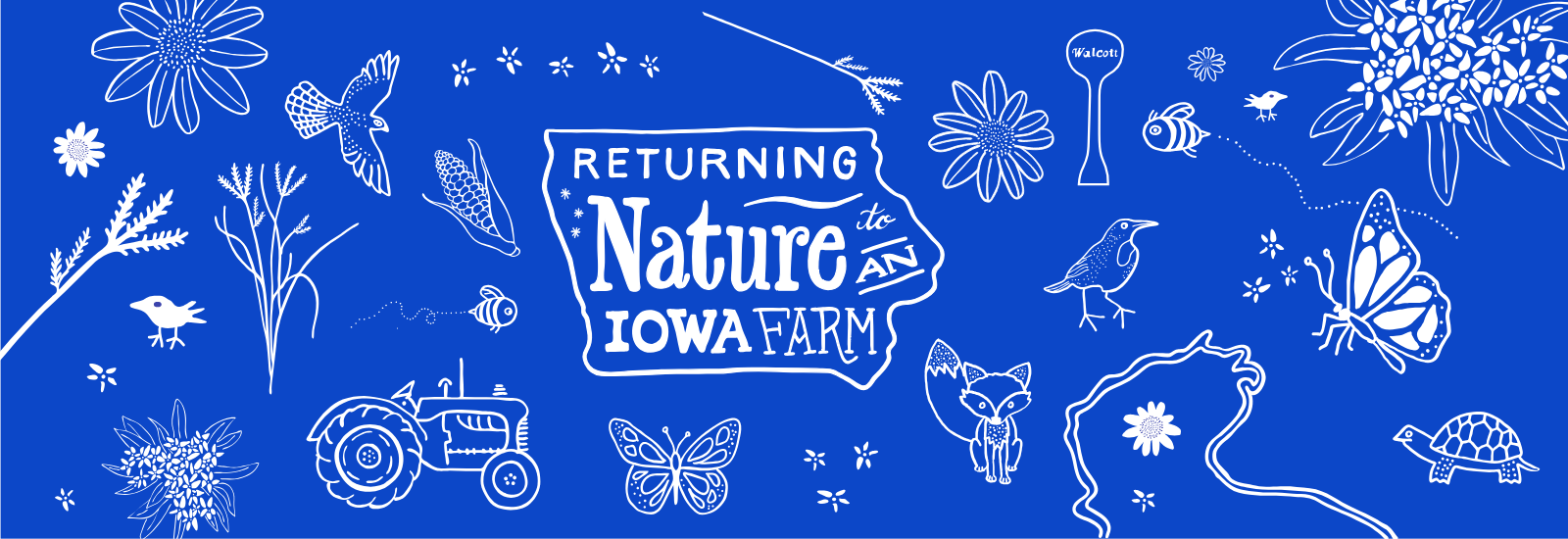
ABOUT ANN WERNER, OWNER
Falling In Love with Nature
Iowa’s wild prairies were long gone when I grew up and the only wildness we knew came from the sky. But, nature was rich in my backyard and its ravine leading to the Mississippi River. The morning song of the cardinal started my day. I spent the blistering summers with mulberry stained feet and living the edict ‘go ride your bike and latch the screen door’. Wonder appeared when a trap door spider opened its door or from watching a lightning bug pulse on and off. The hoot of the owl put me to sleep. Nature’s elegance, mystery, and deadliness were extravagant and more than any other parts of life.
From these beginnings, I fell in love with nature. I became a geographer and worked in regional planning. Wild nature abounds in Oregon where I have lived nearly 50 years. With nature close, and retirement, the secrets of wild places and the intrigues of life ask to be discovered.
An Invitation To Come Home
At Lark Fields, lying on my back and looking up at the bluebird sky through the waving big blue stem, I wonder how differently we would think about America’s mid-west, and our American heritage, if we had an expansive Tall Grass Prairie National Park in which to lie, to listen and to find solace.
Lark Fields is my offering of gratitude to wild nature and an invitation for it to come home.
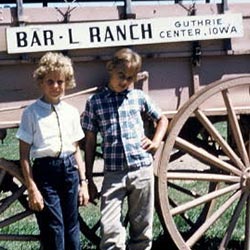
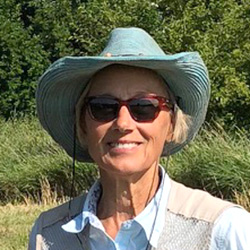
CONTACT
MANY THANKS
David Hasenmiller – logo design
Leland Searles – consulting ecologist
Brian Blevins – consulting avian specialist
BRING NATURE TO YOUR FARM OR GARDEN

